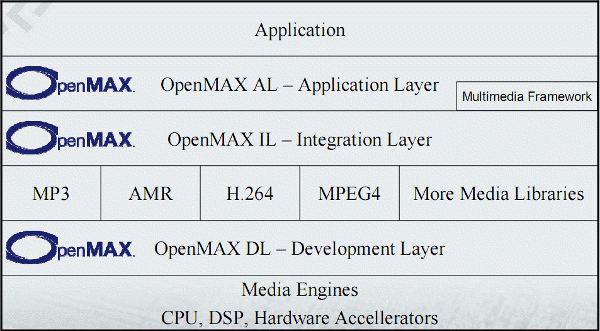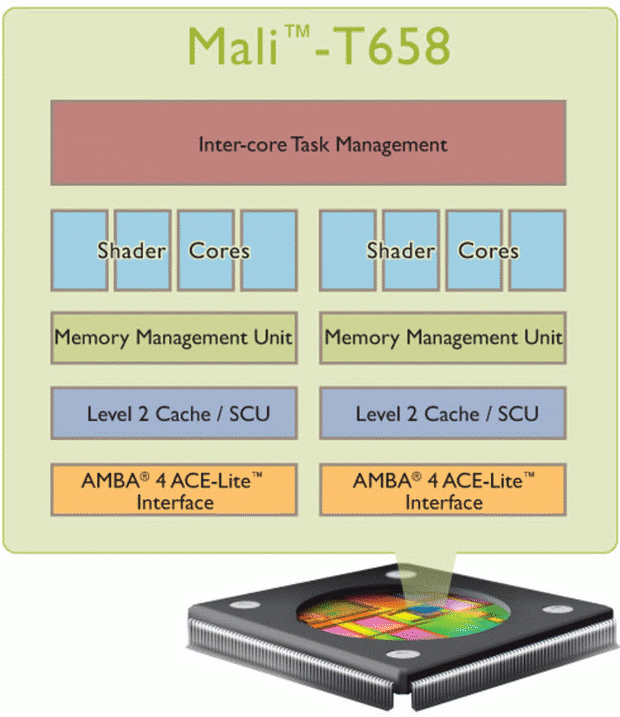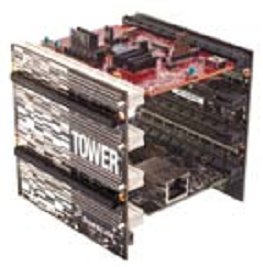This new book “Making Embedded Systems: Design Patterns for Great Software” has been written by Elicia White, the founder of Logical Elegance, an embedded systems consulting company based in San Jose and an expert who’s created embedded systems ranging from urban surveillance and DNA scanners to children’s toys. O’Reilly says this book is ideal for intermediate and experienced C programmers and will show you how to: Optimize your system to reduce cost and increase performance. Develop an architecture that makes your software robust in resource-constrained environments. Explore sensors, motors, and other I/O devices. Do more with less: reduce RAM consumption, code space, processor cycles, and power consumption. Update embedded code directly in the processor. Implement complex mathematics on small processors. Understand what interviewers look for when you apply for an embedded systems job. This 328-page book has 10 chapters: Chapter 1 Introduction Chapter 2 Creating a System Architecture Chapter 3 […]
11 Recommendations for Optimizing Mobile Apps Power Efficiency
Following an AT&T Labs Research and corresponding paper entitled “Profiling Resource Usage for Mobile Applications: A Cross-layer Approach“, AT&T found that a few simple design approaches could significantly improve mobile application responsiveness and reduce battery drain by lowering your application power consumption. They analyzed PANDORA internet radio and discovered that the streaming music was delivered efficiently, but periodic audience measurements were draining battery life. Here is an excerpt of the PANDORA Case Study: While the music itself was sent simply and efficiently as a single file, the periodic audience measurements—each constituting only 2KBs or so—were being transmitted at regular 62.5-second intervals. The constant cycle of ramping up to full power (2 seconds to ramp up, 1 second to download 2KB) and back to idle (17 seconds for the two tail times, the first down from full-power mode and the second down from half-power mode) was extremely wasteful. Of the total […]
OpenMAX (Open Media Acceleration)
OpenMAX (Open Media Acceleration) is a royalty-free, cross-platform set of C-language programming interfaces that provides abstractions for routines especially useful for audio, video, and still images. OpenMAX standard is managed by the non-profit technology consortium Khronos Group. OpenMAX allows developers to take advantages of hardware media decoding/encoding. For example, If you want to play video using Raspberry Pi hardware (VideoCore IV GPU in Broadcom BCM2835) you’ll have to use OpenMAX IL. OpenMAX provides three layers of interfaces: Application Layer (AL): Open standard for accelerating the capture, and presentation of audio, video, and images in multimedia applications on embedded and mobile devices. Integration Layer (IL) : API defining a standardized media component interface to enable developers and platform providers to integrate and communicate with multimedia codecs implemented in hardware or software. Development Layer (DL): APIs containing a comprehensive set of audio, video and imaging functions that can be implemented and optimized […]
ARM Announces New Mali-T658 GPU
About one year ago, ARM announced the Mali-T604 GPU which has yet to be used in current products. Yet today, ARM announced an even more powerful GPU called Mali-T658 in Tokyo at Japan ARM Technical Symposium. Mali T658 is based on Midgard GPU architecture (as is Mali T604) which allows great GPGPU capabilities thanks to three types of pipeline (‘tri-pipe’) optimized repetitively for arithmetic, load/store and texturing. The GPU will also support standard graphics APIs such as Khronos OpenGL ES, OpenVG andMicrosoft DirectX® 11) as well as Compute APIs such as Khronos OpenCL (Full Profile), Google RenderScript compute and Microsoft DirectCompute. Performance-wise, Mali-T658 has twice as many shader cores and double the arithmetic pipelines per core which means the GPU can offer up to 10 times the performance of the Mali-400 MP GPU. On the compute side, Mali-T658 provides 4 times the processing power of Mali-T604. Mali-T658 will work with […]
Brew Your Own Beer with Freescale Kinetis Cortex M4 MCU
This brewing system is part of top three designs for Freescale Make It Challenge: Kinetis MCUs. The two other designs are an Automobile Collision Detector and a “Swiss Army Knife” for the Blind . This design utilizes Freescale’s Kinetis K60 Tower System with MK64M512 Cortex M4 MCU and FreeRTOS operating system. This could become a beer brewing appliance with the target market being home brewers and small brewpubs and restaurants. Matthew Pratt (the one who design this system) says current hone brewing systems sell for about 10,000 USD. The sweet wort production process can be labor-intensive, requiring precise control of temperatures and transition times (It takes 4 to 5 hours for 5 gallons of beer). The Kinetis Beer Brewing System automates the process from the initial filling of water to the beer being ready to be cooled and yeast added. The user only needs to add the ingredients, malt and […]
Linaro’s Android Platform – ELCE 2011
Zach Pfeffer, Linaro Android Platform team leader, describes Linaro’s work on the Android platform and future plans at Embedded Linux Conference Europe 2011. Abstract: Linaro uses components from the Android Open Source Project, member companies, community supported efforts and Linaro engineering teams to build integrated, easy-to-use and well tested Android platforms for upstream work, product baselines and hobby projects. The team currently has platforms for TIs PandaBoard, BeagleBoard and Beagle xM, ST Ericsson’s Snowball, Samsung’s Origen and Freescale’s iMX53. They recently released platforms with Android 2.3.4 built against GCC 4.6 and running the 3.0 Linux kernel. In this session Zach reviews what’s been done, the Linaro Android concept, how Linaro brings Android together and what their plans are.
Archos 80/101 G9 Firmware Version 3.2.69 Released
Archos has just released a new firmware for Archos 80 G9 / 101 G9. Here’s the changelog: Firmware changes Version 3.2.69 – November 9th, 2011 Web browser: faster web page rendering Media center: built in online subtitle download support after a long press on a video file under video browser Media scraper: faster information retrieval process External storage: add ability to mount disks without partition Android version: switch to Honeycomb 3.2.1 Battery: low charge notification Multimedia: support for split AC3, MPEG2 plugins The firmware can be downloaded at http://update.archos.com/9/gen9/gen9_3.2.69/firmware_archos_it4.aos
Using Buildroot For a Real Project – ELCE 2011
Thomas Petazzoni, embedded Linux engineer and trainer at Free Electrons, shows how they used buildroot for a specific project at Embedded Linux Conference Europe 2011. Abstract: Buildroot is a nice, simple and efficient tool to build small to medium sized embedded Linux systems, such as the ones found in many industrial systems or highly dedicated systems. Buildroot allows to automate the process of building a cross-compiling toolchain, building the root filesystem with all userspace components, building a Linux kernel image and a bootloader image. Based on experiences of a specific customer project, Thomas details how Buildroot can be configured and used to quickly produce nice, fast and efficient embedded Linux systems, but also how the target application development and debugging can be done based on Buildroot. You can also download the presentation slides.










